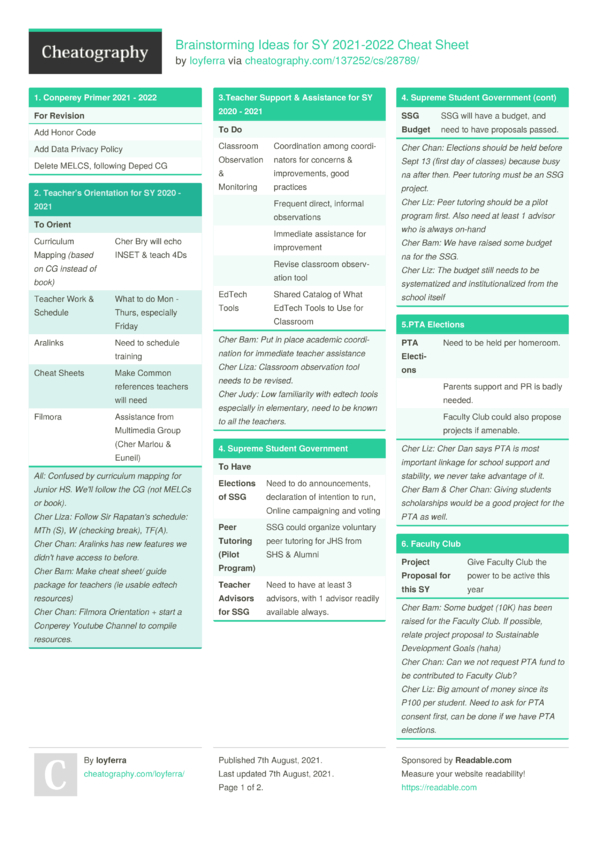

Returns the floating point remainder of x/y Returns the lowest value of a floating x and y Returns the highest value of a floating x and y Returns sqrt(x2 +y2) without intermediate overflow or underflow Returns the value of x rounded down to its nearest integer Returns the positive difference between x and y Returns the absolute value of a floating x Returns the value of x rounded up to its nearest integer The following table highlights all the basic math functions available in C++:Math Functions LIGHT_SPEED = 2500// cannot change the value Math FunctionsĬ++ provides several functions that allow you to perform mathematical tasks. To create a variable for which you do not want to change the values, you can use the “const” keyword.įor example: constint LIGHT_SPEED = 2997928 String constant having a single character These are numeric literals that have either a fractional part or an exponent part. Integer literalĪn integer literal is numeric and does not have any fractional or exponential part. There are different types of literal available in C++, as explained below: 1. You can use them directly within the code. Literals in C++ are data that you can use to represent the fixed values. There are four different types of modifiers available in C++, namely signed, unsigned, short, and long. The following table will help you understand the size and range of built-in data types when combined with modifiers. Their scope is only limited to that function or block and cannot be accessed by any other statement outside that block.ĭata type modifiers are used to modify a data type’s maximum length of data. These variables are declared within a function or block of code.

In C++, you can declare your variables within three parts of the program, also known as the scope of the variables: 1. Moreover, you cannot use a keyword for the variable name. Instead, they begin with letters followed by numbers or the underscore ‘_’ character. However, variables cannot start with numbers or the underscore ‘_’ character. You can use alphabets, numbers, and the underscore for a variable name. String name = "Unity Buddy" // String(text)įloat fl = 5.99 // Floating point number C++ supports various types of variables, such as int, double, string, char, and float.
#THE CHEAT SHEET BOOK PDF CODE#
Any code within the curly brackets will be executed. Line 4: ‘int main()’, which is a function.C++ ignores the spaces present within the code. Line 2: ‘using namespace std’ allows you to use names for objects and variables from the standard library.#include Ĭout ’ specifies the header file library, which helps you deal with input and output objects like “cout.” Header files are used to add specific functionality to C++ programs. Let’s kick off our C++ reference sheet with syntax. Ready to tackle C++ projects the fast way? Let’s get started! This C++ programming cheat sheet is also a good resource for interview prep. We’ve curated an amazing C++ syntax cheat sheet or C++ commands cheat sheet that will help you enhance or polish your skills. Programmers take courses and experiment with C++ projects to improve their knowledge.īut do you ever crave a C++ quick reference as you work? What if you could complete C++ work more efficiently? This C++ cheat sheet is a great reference to help you work more smoothly. As one of the most in-demand programming languages on today’s market, C++ is a popular study choice for aspiring developers. C++ is a general-purpose language and C language extension.


 0 kommentar(er)
0 kommentar(er)
